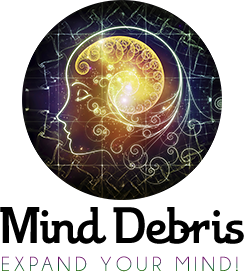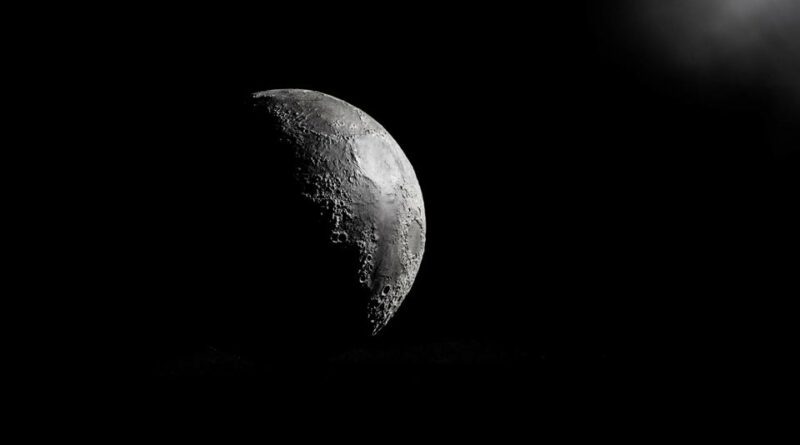China Invented an “Artificial Moon”
[Please note that this page contains affiliate links. If you choose to purchase after clicking a link, I may receive a commission at no extra cost to you.]
Lunar Tech
China successfully built an “artificial moon” in the lunar tech class as a prototype that uses magnetic fields to replicate the moon’s gravity. It may help create future colonies on the moon.
Challenges in Creating Gravity
Technology that scientists want to take to the moon must understand how to design it to work under lunar gravity. The moon’s gravity is just 16% of Earth’s strong gravitational pull.
“The most difficult challenge when working and living in space is the massive reduction in gravity,” said Christopher Baker, the program director for NASA’s Flight Opportunities Plan. “Most of the systems invented for use on Earth do not work the same in space.”
The New Lunar Tech
Scientists can mimic the moon’s gravity here on Earth — with drop towers or parabolic flights, for example — although the weightlessness only lasts seconds.
The new artificial moon created by the Chinese can reproduce lunar gravity for “however long you need to,” said lead scientist Li Ruilin, from the China University of Mining and Technology to the South China Morning Post.
How Lunar Tech Works
The artificial moon’s core is a vacuum chamber with a cylinder only 23.6 inches wide. The mini-moon is layered in dust and rocks that recreate the real moon’s surface.
By altering the magnetic field of the mini-moon, the researchers can reproduce the gravity of the real moon.
This may be extraordinarily helpful for testing technology for the moon to see if you could effectively 3D print lunar habitations. For example, scientists could turn on the mini moon’s field and put a smaller version of buildings on it.
Turning the magnetic field on the fake moon’s surface can levitate small objects.
The Future of Lunar Tech
China’s artificial moon facility is supposed to open within the next few months officially and will be used to prepare for future moon missions by China’s space agency.
According to Li, it will also be open to scientists worldwide, and so far, NASA has no plans to facilitate research there as they have no shortage of technology to test.
Various apparatuses needed for Mars and the moon may benefit from low gravity testing, including tech for in-situ source utilization, regolith mining, life support control, and environmental systems.


